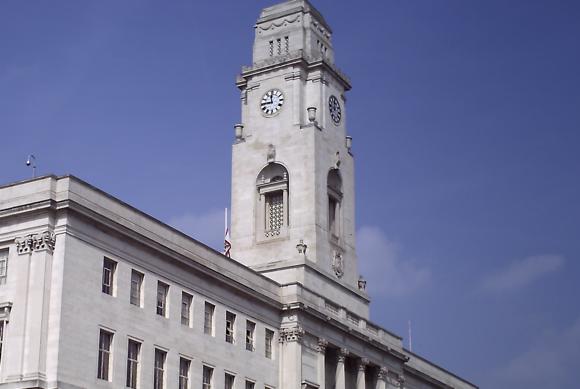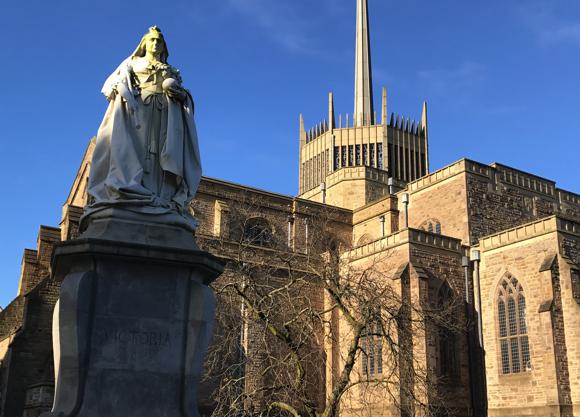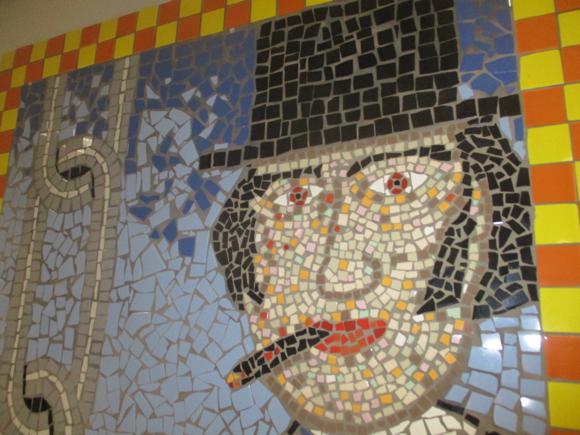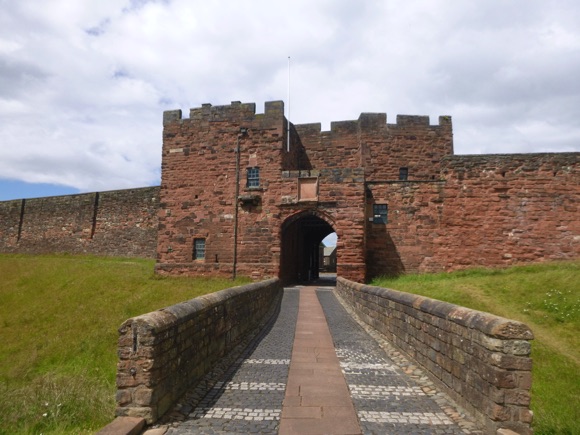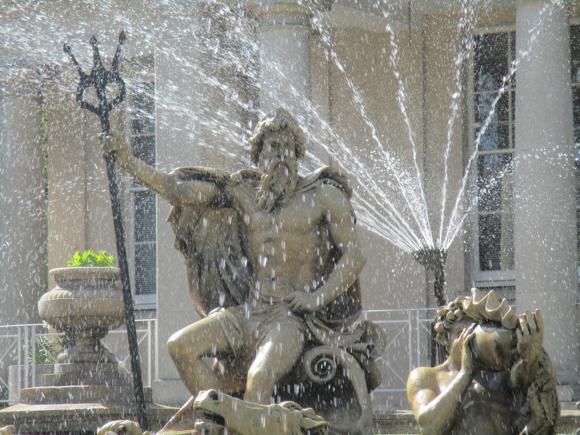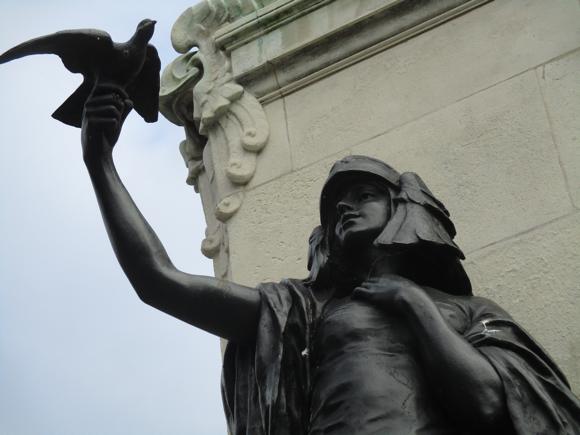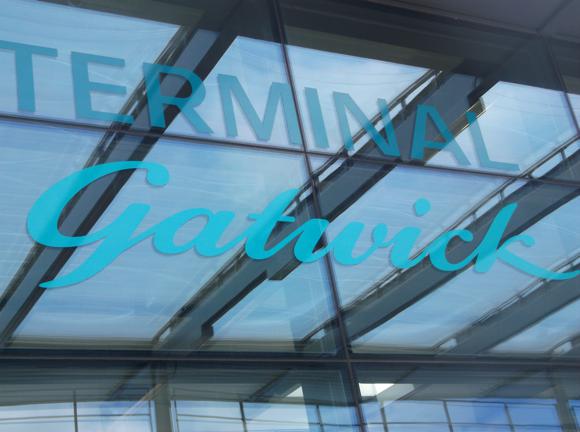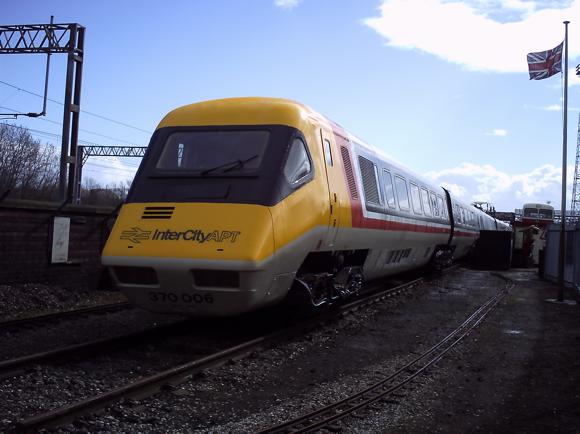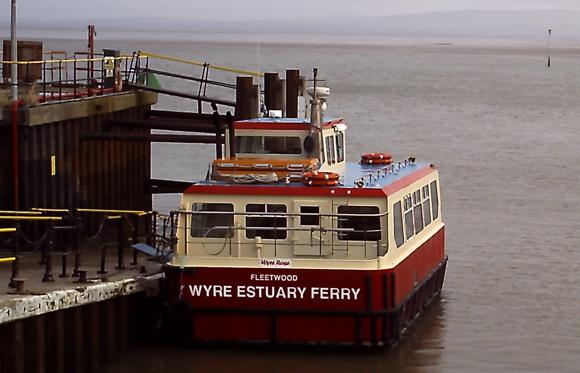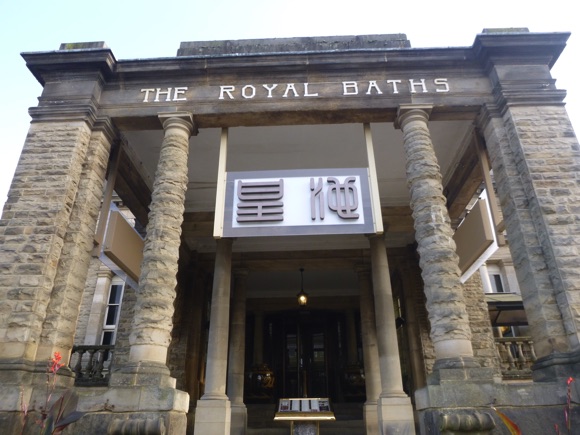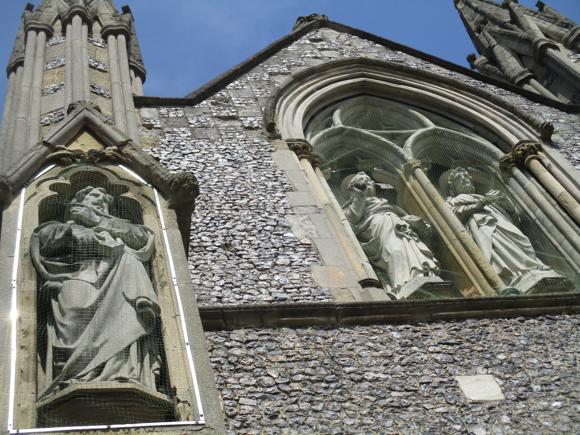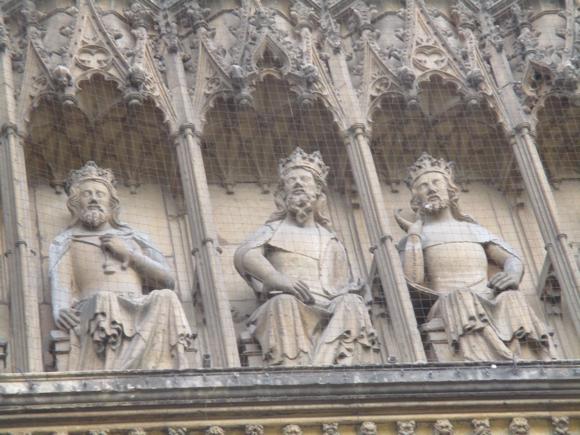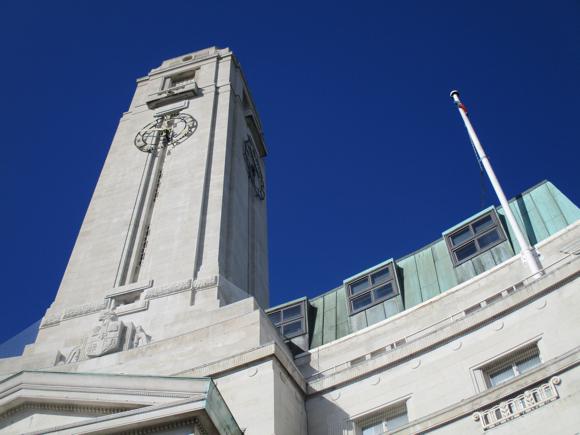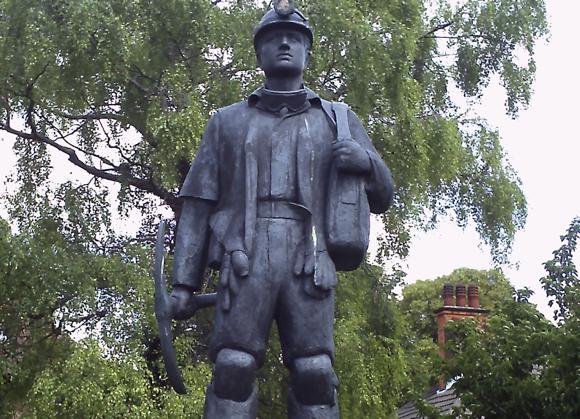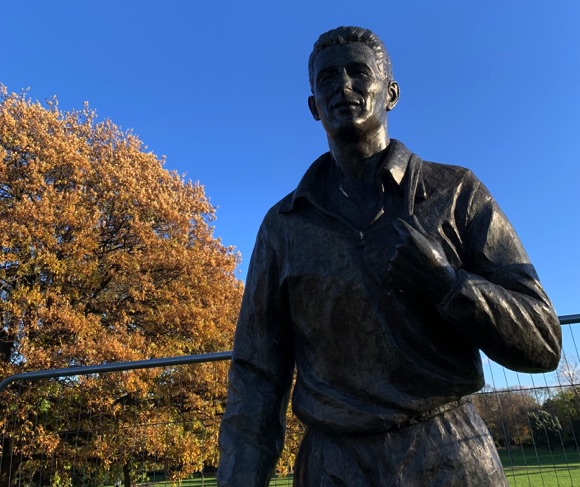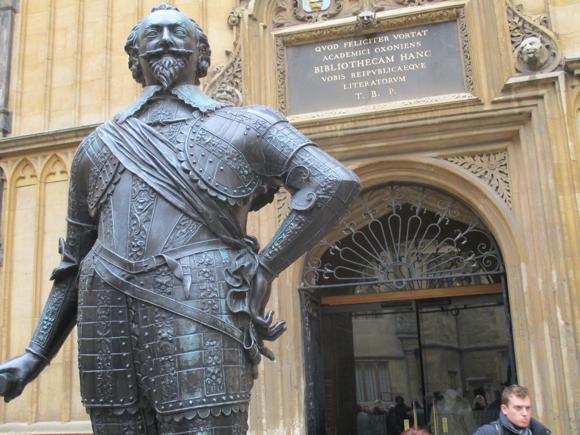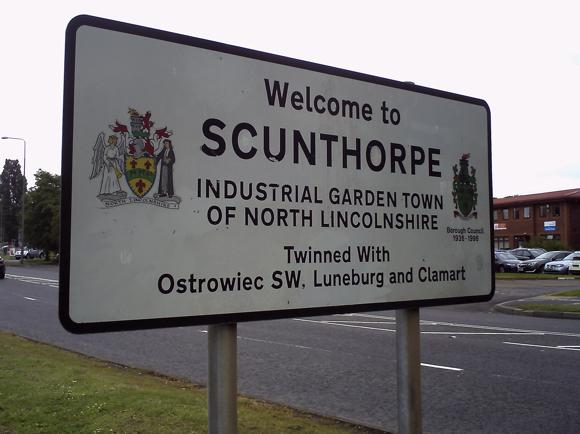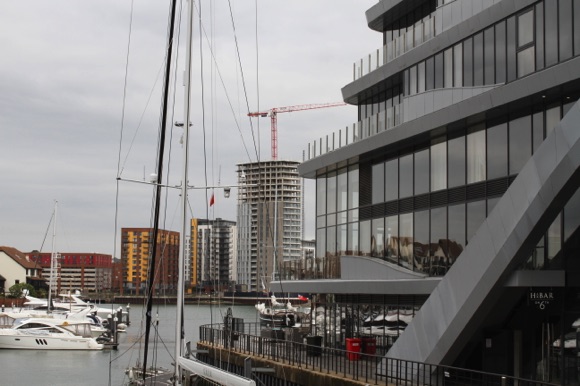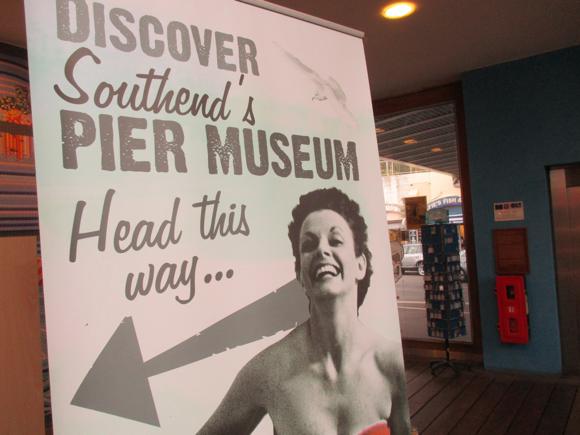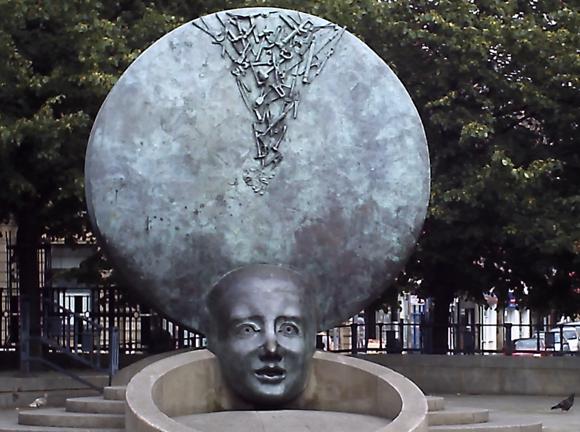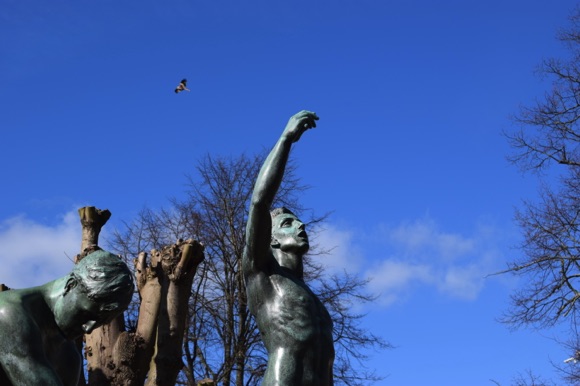Teams, tales and tips – a guide to the local game
Wigan, of Casino, Pier and rugby league fame, was not one of those northern mill and mining towns with a prominent football team in the early days of the Football League and FA Cup.
Troubled club Wigan Athletic only gained full league status in 1978. Their successes in modern times, the FA Cup win of 2013 and the eight-year stint in the Premier that ended three days later, was bankrolled by a millionaire only installed at the club in 1995, Dave Whelan.
After his grandson’s departure in 2018, chaos ensued, the Latics nearly going under as their fate hung in the balance. Fans raised more than half a million pounds, before Bahraini businessman Abdulrahman Al-Jasmi stepped in to take over. Supporters’ funds duly refunded, Wigan are now aiming to honour Whelan’s legacy with promotion from League One.
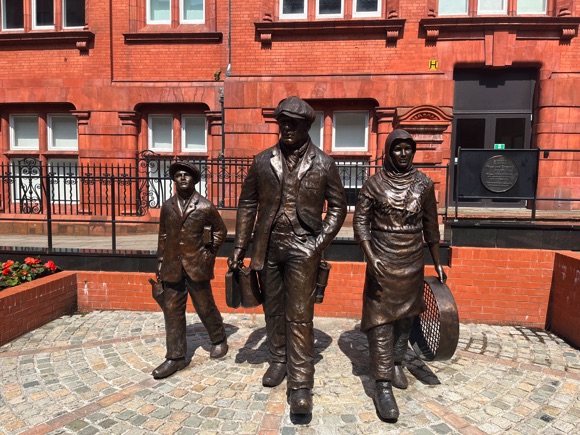
The sports-goods mogul not only built the club’s modern ground, the DW Stadium – he reversed a century of football failure in Wigan, of local clubs not staying the course and a sports ground hanging on from the late Victorian era. Its history was as patchwork and obscure as that of the game in this former industrial hub of Orwellian lore.
This ground, Springfield Park, is the most constant element in the story. Opened in 1897, at various times it hosted the main five football clubs that sprang up in Wigan during the pre-Whelan era. The popularity of rugby league there, too, underlines the fact that locals simply preferred the longer-established sport.
Wigan FC, the rugby club, were formed as far back as 1872 and were already winning trophies and dropping their amateur status by the time the first soccer clubs came on the scene.

In fact, so low was the profile of the round-ball game in Wigan that when top-hatted dignitaries gathered at the Ship Hotel in 1897 to formalise the setting up of a sports club, it was for athletics and cycling. This club was to be based at the Springfield Park site they had earmarked months before – having also factored in a track for trotting, the harness racing still popular today in France.
A Wigan United football team had already been formed, playing at the West End Grounds, today an industrial estate between the DW Stadium and Wigan North Western train station.
Further north-west at Springfield Park, football at last got a look-in when a Wigan County, created that same year of 1897, played a couple of friendly matches there. County then competed in the FA Cup, losing 1-0 at Manchester City in January 1898. A month before, they had beaten Newton Heath, later named Manchester United, in the Lancashire Cup.
The subsequent sale of the ground had a negative impact on the club, which duly folded in June 1900.

That November, United moved into Springfield Park, to be joined on alternate weekends by Wigan rugby club. Attracting a 10,000 for the visit of Widnes in 1902, the oval-ball club then changed grounds, heading over to Central Park. Within five years, an early international there drew a crowd of 30,000. A century later, the rugby team, now called Wigan Warriors, again groundshared with the main football club, Wigan Athletic, this time at the DW Stadium.
Wigan United continued to play Lancashire League games at Springfield Park until 1903, after which they led a nomadic existence, until returning, albeit briefly, to the ground in 1919.
Next came Wigan Town, formed in 1905 but folded in 1908, unable to pull crowds away from Wigan FC. Rugby was the only game in town.
After World War I, Wigan United finally became sole tenants at Springfield Park but their shady, semi-pro activities fell foul of the football authorities and they were forced to go legit. This new outfit, formed in November 1920, would be called Wigan Borough.

To the surprise of many, Borough’s application to join the Football League was soon accepted – perhaps Wigan’s lack of any representation at all since 1888 was a factor. Borough joined the Third Division North in 1921, bringing league football to Wigan – at least for the next ten years.
The high point came in 1928-29. With Welshman Cecil Smith at centre-forward, later prolific at Burnley, Borough achieved a best-ever fourth spot, 12 points behind champions Bradford City. In the FA Cup, a Third Round tie with Sheffield Wednesday saw a record 30,443 at Springfield Park. Within a season, though, Borough were 18th.
The cash-strapped club was forced to fold in 1931, the first team to resign from the Football League. On the plus side, Borough’s flurries of form had attracted healthy gates at Springfield Park. It now resembled a football ground, with stands erected at the Shevington End, the Popular Side and the main one rebuilt.

Soccer was now established. In May 1932, the mayor held a packed public meeting to set up a committee to form a new football club: Wigan Athletic.
Purchasing Springfield Park, Athletic joined the Cheshire League, and notched 121 goals to finish fifth in that first season. Retaining the services of ex-England international Charlie Spencer as manager, Wigan won the championship the following season, then again, and beat Carlisle 6-1 in the FA Cup.
The facilities at Springfield Park later helped Wigan edge out Boston United when Southport failed to gain re-election to the Fourth Division in 1978. At the 34th attempt, the Latics had become a Football League club – nearly half-a-century after the demise of Wigan Borough.
Getting Around
Arriving in town, local transport and tips


Wigan is halfway between Liverpool and Manchester airports, each around 40km (25 miles) away.
Liverpool Airport is linked by regular Arriva bus, which calls at St Johns Market (35mins) near Lime Street station. From there, a regular train runs to Wigan North Western (£9, 30min journey time).
The hourly train direct from Manchester Airport takes 45mins-1hr to Wigan North Western (£8) – or a half-hourly service runs to Wigan Wallgate from Manchester Piccadilly, journey time 30mins.
From London Euston, one direct train an hour to Wigan North Western takes either 2hrs or 3hrs, advance single £50. Direct from Birmingham New Street, it’s 1hr 20mins, advance single £20. Adding a Wigan PlusBus supplement (£4.20) allows you to use all local buses for the rest of the day.
Wigan’s two train stations are 100 metres apart on Wallgate, by the town centre. The many local bus services are overseen by Transport for Greater Manchester, which can also provide a System One Anybus pass (£6) if required. You’ll need a bus or taxi to get to the ground – it’s a 25min walk from either station. The bus station for all services is alongside Hallgate, close to Wallgate, the street and station.
Long-established Bluestar Taxis (01942 242 424) has an office by Wigan North Western station.
Where to Drink
The best pubs and bars for football fans
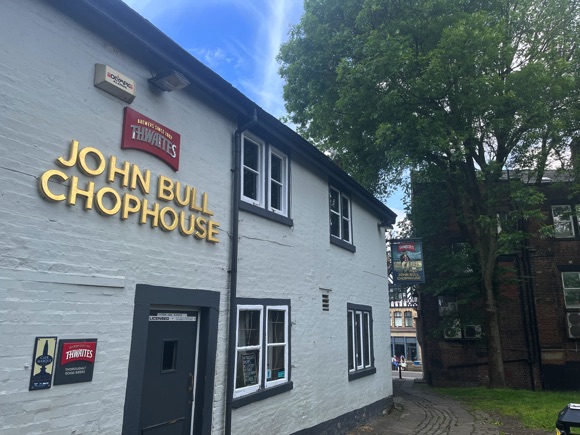





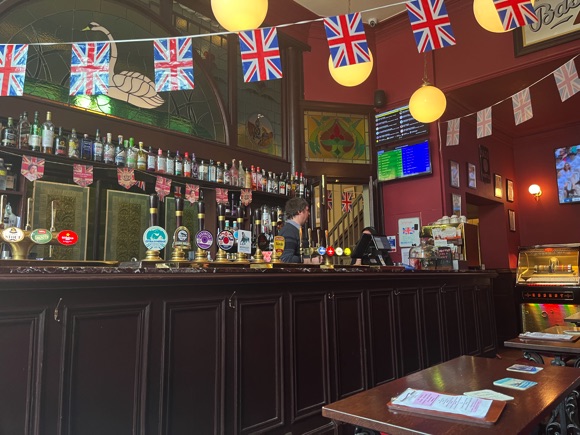

Bars, mainly chain ones, line Wallgate that cuts through the town centre. Best of these is The Berkeley by Wallgate station, big on Super Sundays and for major sports events, screened on a huge projector screen and at least half-a-dozen flat-screen TVs. Guest beers also feature and live music on Friday nights. At No.26, Last Orders, aka the Dog & Partridge, is a real city-centre boozer with TV football, as is The Raven over the road.
Further along Wallgate, The Moon Under Water is the main Wetherspoons in town. Alongside, the John Bull Chop House fills a historic building with the sounds of a heavenly jukebox and lines its bar with 22 draught craft options.
The classic jukebox at the Swan & Railway Hotel diagonally opposite Wigan North Western station specialises in Northern Soul, just one more thoughtful detail of the many that make this historic pub dating back to 1898 a contemporary delight. Seven guest rooms complete the picture.
Parallel to Wallgate on Dorning Street, The Anvil is a great choice, an atmospheric outlet for Wigan Brewhouse beers (‘Brewed with Northern Soul’), regularly changing guest ones too, two big-screen TVs for sport and a beer garden.

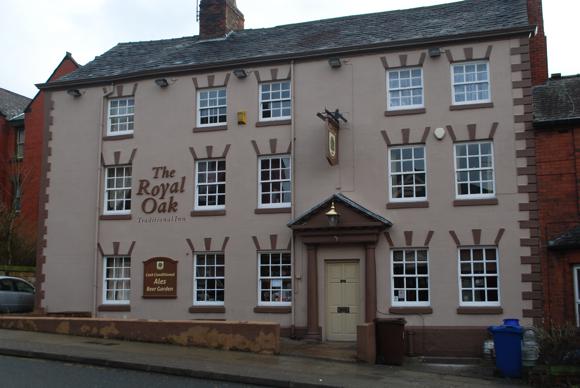


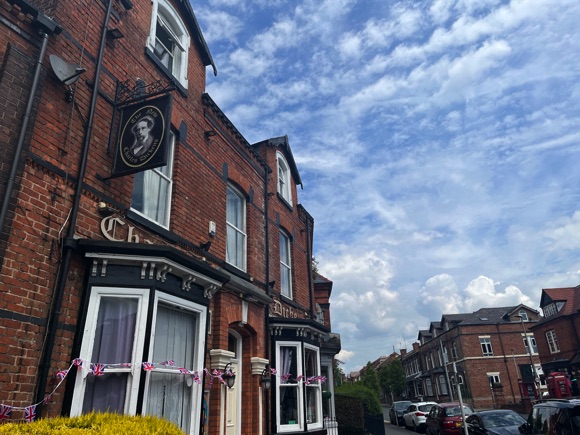
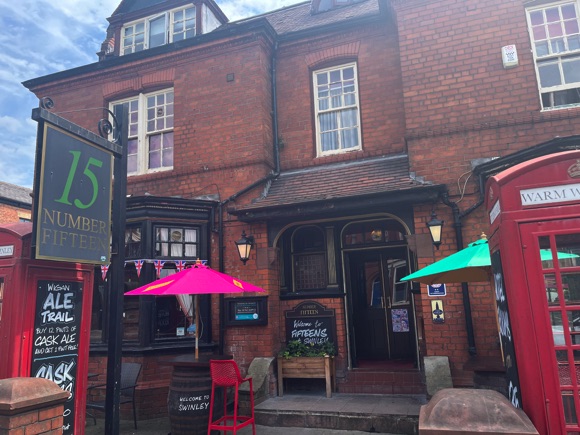
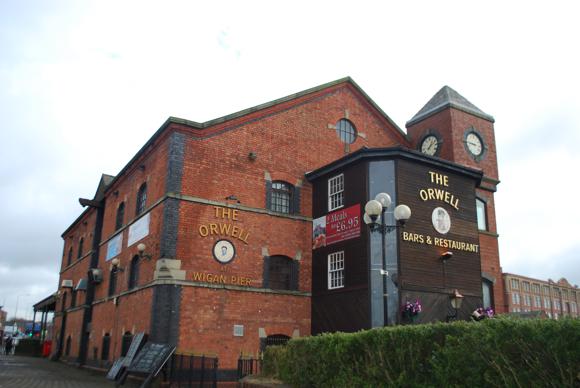
On the edge of the town centre near St Mary’s Church, Fifteens At Swinley feels retro outside and in, with red phone boxes by the front terrace. It promotes local breweries, with Prospect of Standish, Bank Top of Bolton and Burscough of Burscough all getting a look-in. A large screen and several smaller ones show sport. It has a handful of brightly coloured guest rooms, too, on the same side of town as the DW Stadium.
Right by the church itself, the Royal Oak offers cask ales, TV football and well chosen music to a friendly clientele.
In the same vicinity, Doc’s AleHouse, formerly Symposium, was the town’s first micropub, and still dispenses brews from Wigan-based Hophurst, Martland Mill and AllGates in a chatty atmosphere. A version of Lancashire tapas, snackettes, is sourced from nearby bakers and butchers. Close by, the New Charles Dickens puts on Northern Soul nights at weekends.
Sadly, an attempt to revive another area of town, the canalside at the far end of Wallgate, failed – much-revered The Orwell closed one last time too often, but may see the light of day as a microbrewery.
Where to stay
The best hotels for the ground and around town
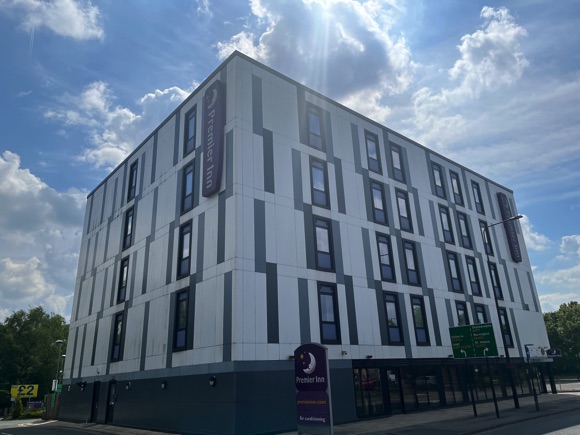


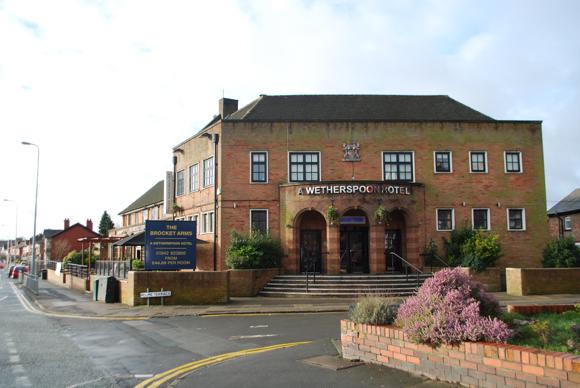
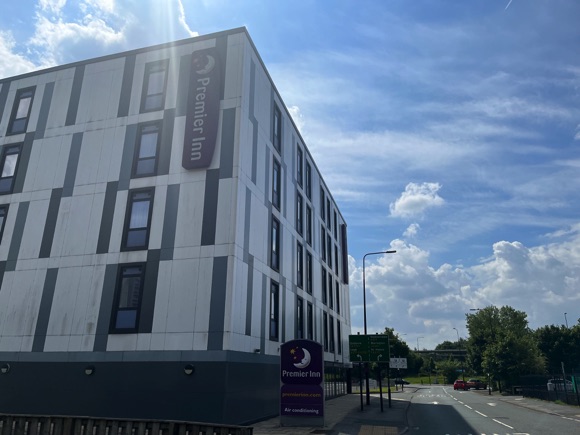
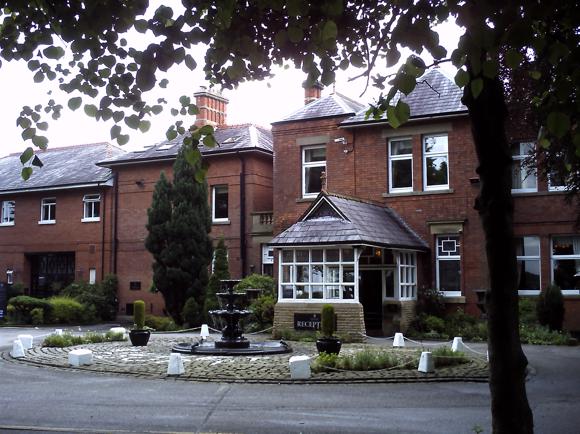
Information about Wigan hotels is provided by Visit Manchester.
There are no hotels around the stadium but a couple of chain choices in Wigan town centre. The nearest to the stations, the Premier Inn Wigan Town Centre is among the new generation under the moon and stars logo, with 40-inch flat-screen TVs. Also central on Orchard Street, the three-star Mercure Wigan Oak closed in 2021 for a refit and is due to open in 2022.
Don’t forget that there are seven guest rooms at the Swan & Railway Hotel, halfway between Wallgate and Wigan North Western stations.
Just north, in leafy Marylebone up Mesnes Road, the Brocket Arms maintains reasonable standards in its 28 en-suite rooms – it’s in the Wetherspoons chain, with a large pub on-site.
For a reliably comfortable stay in the Wigan area, the four-star Macdonald Kilhey Court sits in its own gardens, with a spa and decent restaurant. Set by Wigan golf course in Standish, it’s four miles north of town, with plenty of free parking. Nearby, the hourly 640/641 bus runs into Wigan (20mins) until early evening (not Sun).




